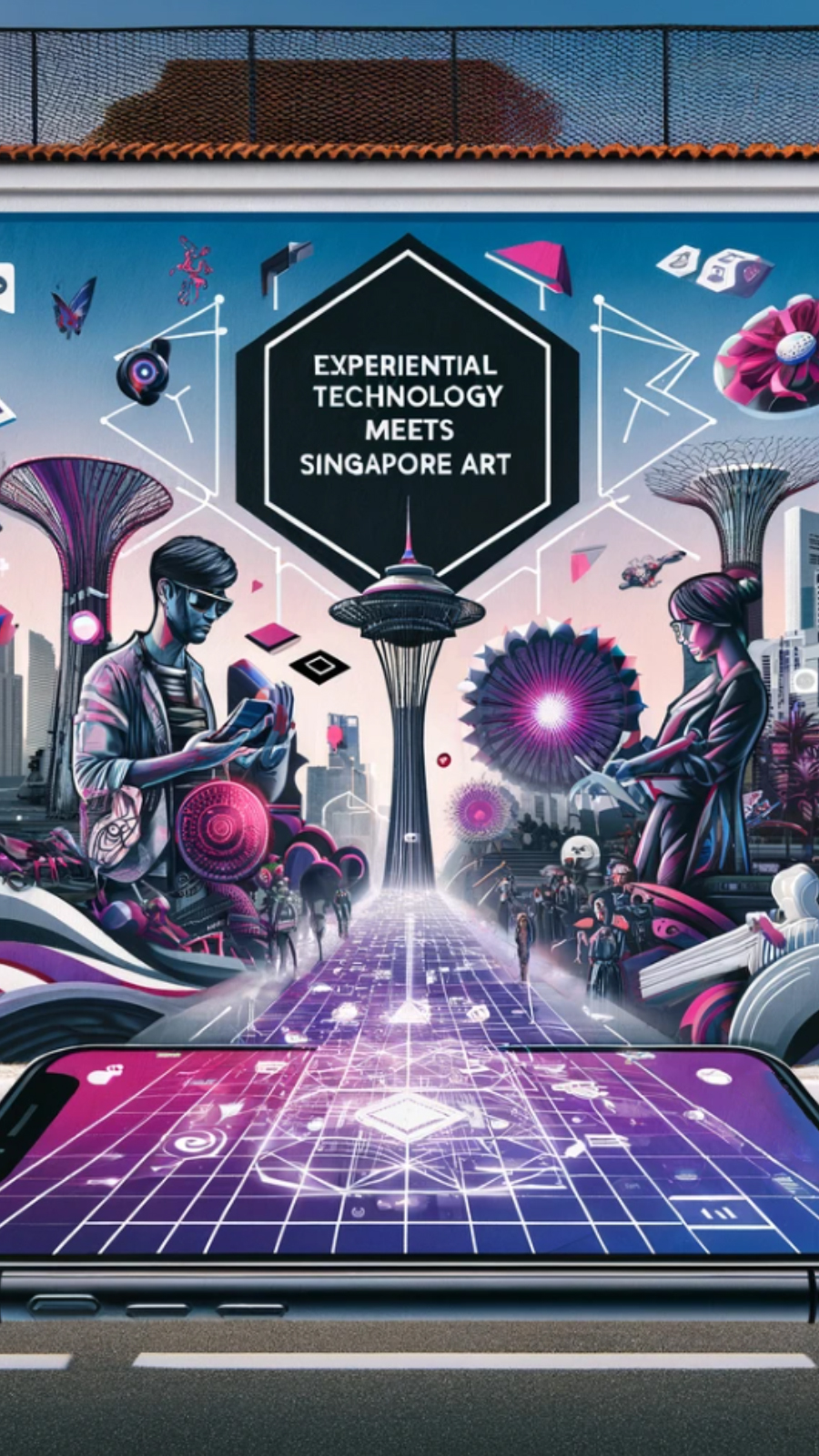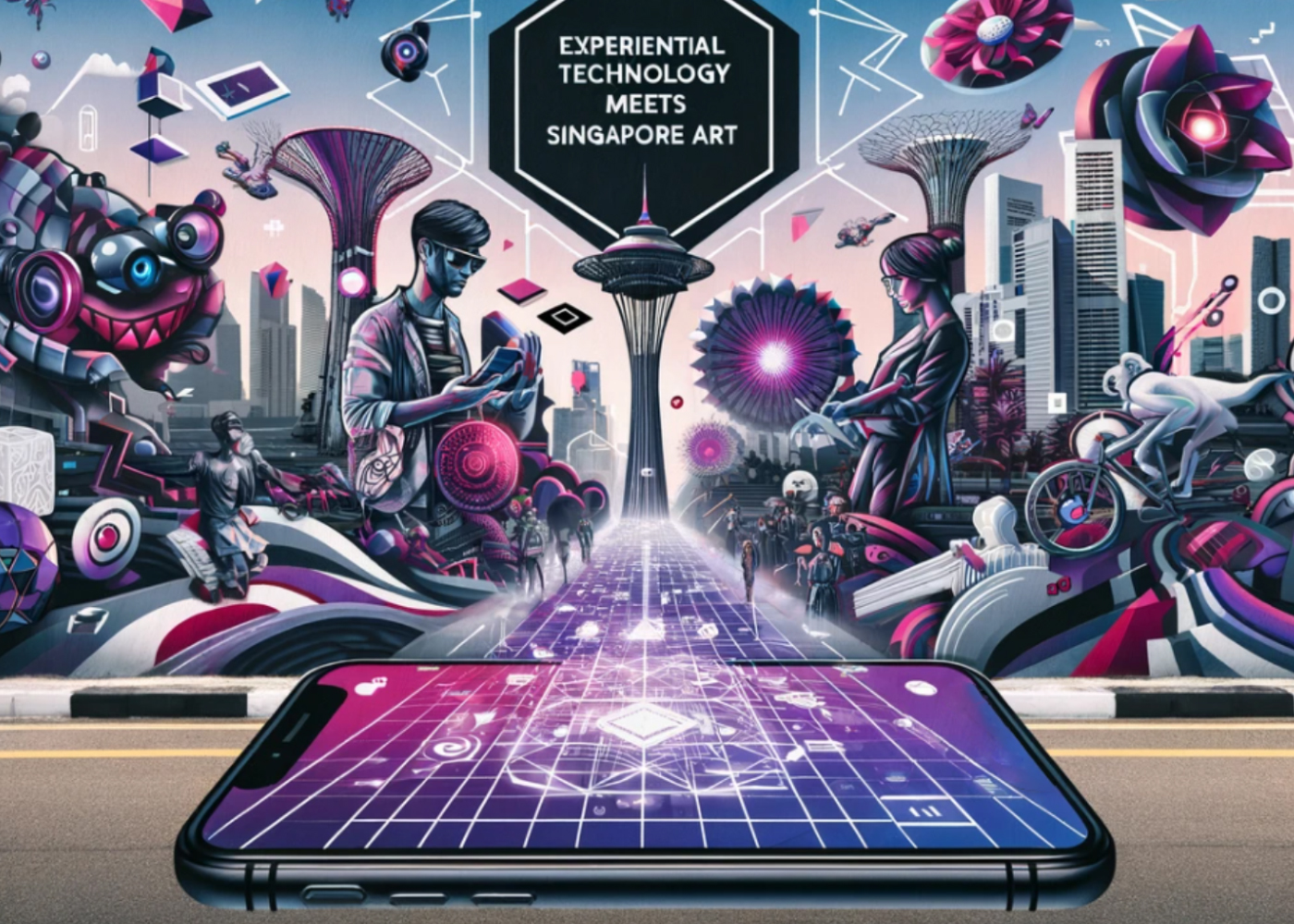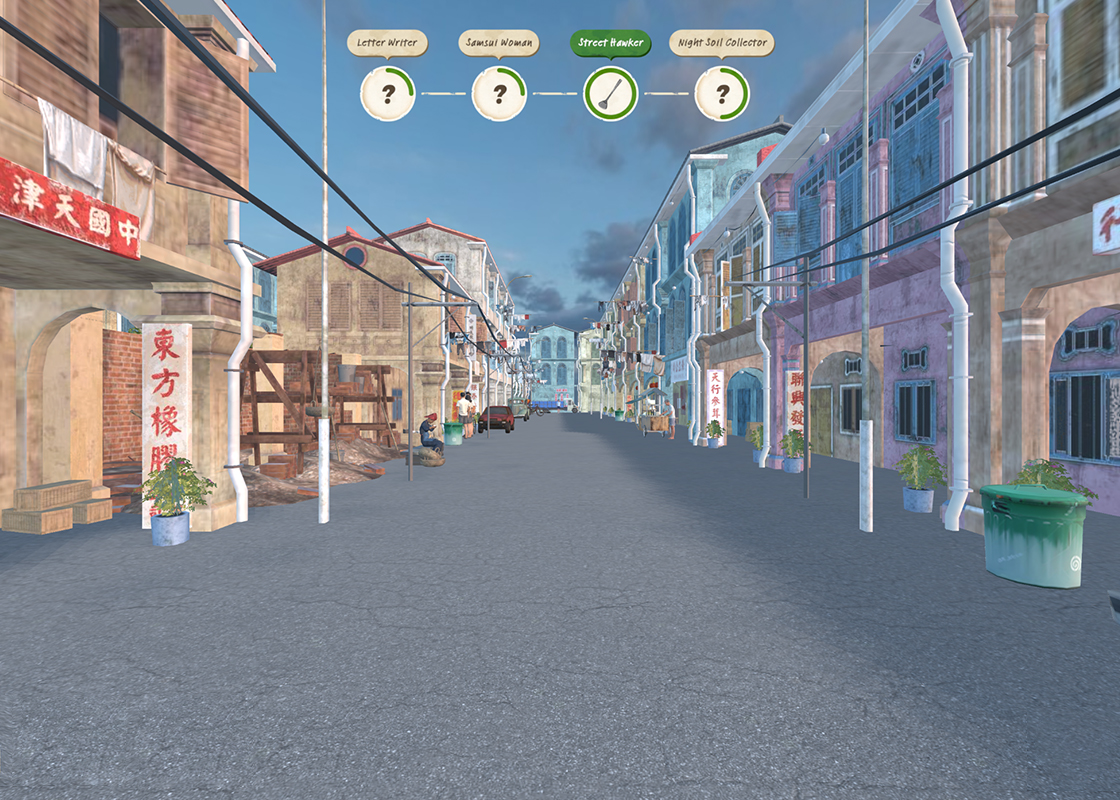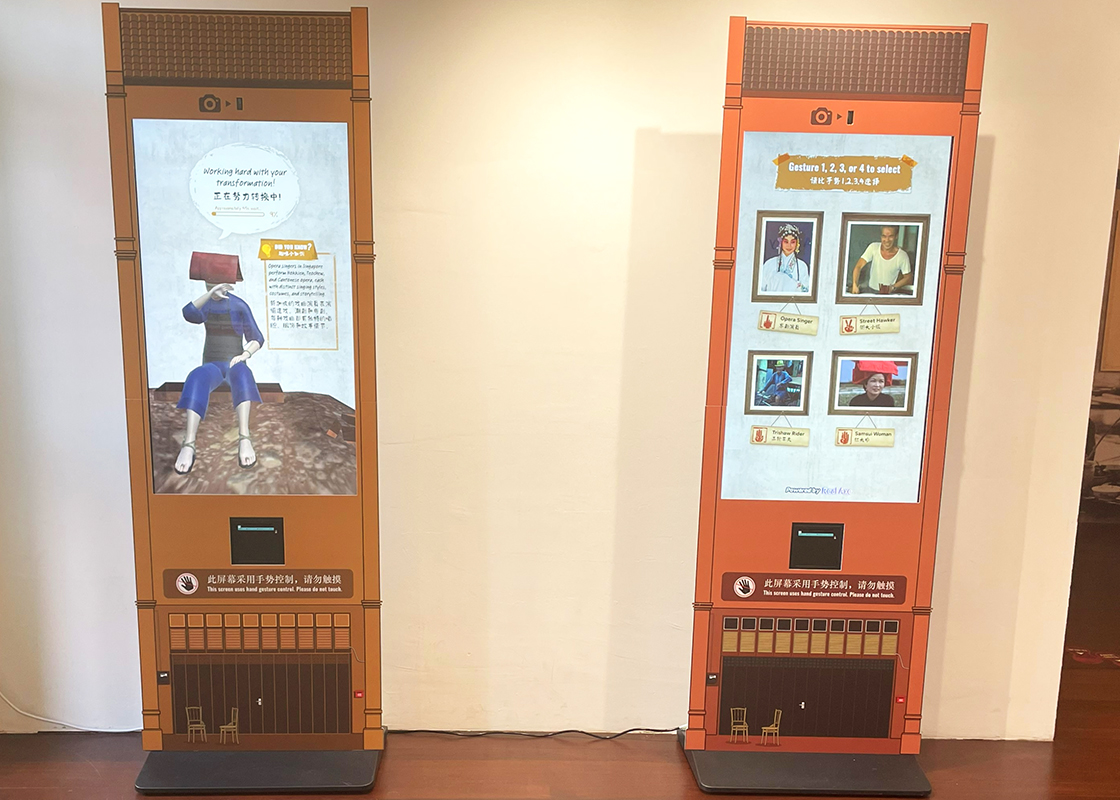Published June 10, 2024
- Get Mascot Lively with Augmented Reality (AR)30 Jul 2024
- Apple Intelligence, the New AI from Apple22 Jul 2024
- Experiential Products/Campaigns on June 202415 Jul 2024
Future of Technology with Art
The intersection of technology with art could help artists to express their amazing works creatively to audience. Technology could make the whole art appreciation more immersive and interactive, changing how we perceive traditional art forms. We can see how different experiential technologies is transforming how art can be created and consumed. This is the future of art scene.
Google’s Lyria helps music creation with AI
Advancement of Artificial Intelligence (AI) is stepping in to help music creation, thanks to Lyria. Lyria is a model that developed by DeepMind which serves as a subsidiary of Google. Lyria model uses complex algorithms to generate music which offering ideas for artists and producers.
With the ideas, eventually musicians could explore new sounds and create unique melodies and harmonies. The music production process could develop faster and easier, which shape the future of music creation. As a result, listeners could listen more diverse and rich musical compositions from music industry.
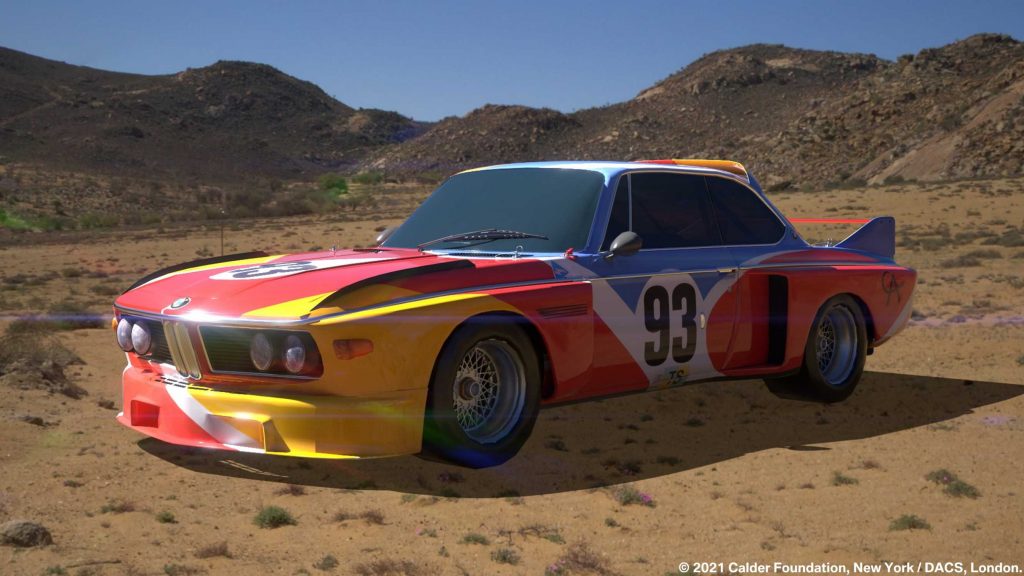
BMW exhibits their artistic cars with AR
Augmented Reality (AR) technology is changing how we could exhibit our products just like how BMW did it. To celebrate 50 years of cultural commitment, BMW used AR to exhibit its famous Art Cars in 2021. In collaboration with Acute Art, the first-ever AR exhibition of its Art Cars by BMW could exhibit to global audience.
With AR technology, viewers could admire the Art Cars from different angle and explore details of it, making it fully interactive and immersive. Not only that, the whole exhibition experience is also more accessible, allowing BMW lovers enjoy the exhibition without having to travel. This experience could happen because AR technology does not get constraint by location. You can get access to the experience with scanning unique QR code.
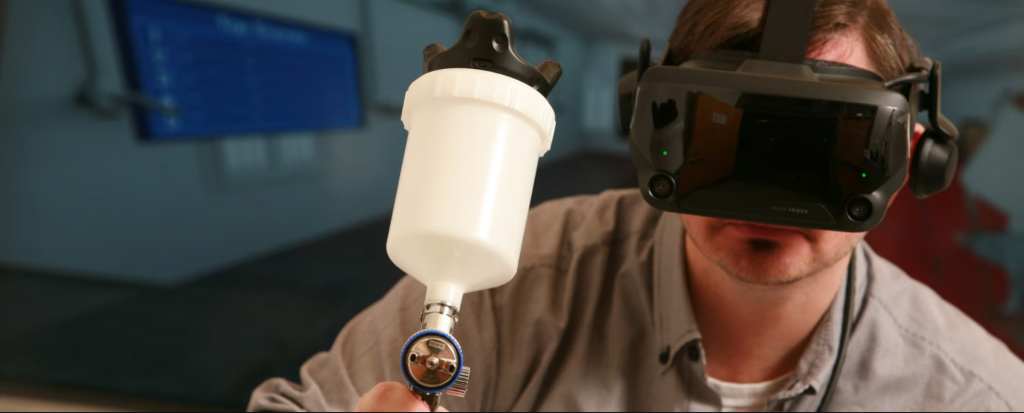
Virtual Painting in Aerospace Lesson with VR
Virtual Reality (VR) technology is transforming education by creating virtual classrooms that offer immersive learning experiences. One notable example is the use of VR in aerospace education by AkzoNobel, where students can practice virtual painting on aircraft.
In these virtual classrooms, learners can gain hands-on-experience in a controlled and realistic environment. Therefore, VR technology provides an incredible level of immersion, enabling students to experience their craft in a virtual setting. For example, learners can determine the consistency of paint to applied on aircraft to obtain the colour coating desired. Plus, this hands-on-experience makes learning more efficient and cost-effective without the need of physical materials.
The advantages of VR in education extend beyond practical skills as well. It fosters creativity, enhances engagement and provides a safe space for experimentation. By integrating VR into educational curriculum, institutions can offer a richer and more comprehensive learning experience.
Conclusion
The combination of technology with art and education is having profound implications. These innovations are not only enhancing creativity but also changing the way we learn and engage with art. By making art more interactive and accessible, technology is democratizing creative expression and education.
At Real Axe, we are at the forefront of emerging technology with creativity. Our expertise in AI, AR, and VR enables us to develop cutting-edge solutions that bring art and experiences to life. By integrating these advanced technologies, we create immersive and interactive campaigns that captivate audiences on a deeper level.
Brands that embrace these innovations will stand out and connect more effectively with their audience. If you are interested in implementing experiential technology solutions, contact Real Axe today. Let us help you harness the power of technology to create unforgettable and inspiring experiences that will leave a lasting impact on your audience.







